2025 has proven to be an unpredictable year for research teams in the United States, with many proposed federal changes creating uncertainty around current and future research projects. The potential 15% cap on indirect costs, in particular, would mean significant changes to available financial resources.
While the policy is on hold at the time of this blog’s publication, following a June 20, 2025 court decision that deemed the proposal a violation of federal law, many research organizations are still investigating strategies for managing new indirect cost limits in case the pause is reversed or a similar proposal is enacted.
Cayuse recently hosted a webinar featuring speakers from Providence, Ascension, and Commonspirit Health to help understand the proposal and its potential impact. In this blog, we’ll summarize key takeaways from the discussion and the strategies teams, particularly those in healthcare research, can consider to help address potential future restrictions on indirect costs.
Direct vs Indirect Costs
To start with the basics, it’s worth breaking down the difference between direct and indirect costs in research. In short, direct costs include costs that are specifically identified with a particular sponsored project, while indirect costs cannot be assigned to a single sponsored project and instead have a common or joint purpose and benefit multiple projects.
Examples of direct costs:
- Salaries of faculty, research associates, research assistants, research technicians, post-doc fellows, and graduate students
- Fringe benefits for those same positions
- Laboratory supplies
- Animal care
- Travel
- Similar non-personnel expenses
Examples of indirect costs:
- Facility electricity costs
- Heating bills
- Water bills
- Maintenance costs
- Departmental/central administration, including salaries
Changing Budget Methodologies
A federally mandated limit to direct cost rates, whether the proposed 15% or a different figure, would necessitate industry-wide shifts in how organizations manage their budgets. Teams that previously used indirect cost rates above 15% would see a significant impact on available budgets for research expenses and may need to consider redefining direct and indirect costs.
However, exceeding the proposed limitation could result in severe consequences, from fines to reputational damage. Organizations must be cautious to ensure that any changes to their budget methodologies do not conflict with existing regulations, and must be prepared to justify any adjustments.
Healthcare research organizations have different regulations from universities and other non-healthcare research entities, and have slightly more flexibility when classifying costs, given the occasional overlap between research and healthcare operations and resources.
While the following tips are not intended as an endorsement of any specific strategy, since regulations and limitations will differ depending on your organization, healthcare research teams, and even those outside the healthcare industry, may want to investigate whether similar strategies would be appropriate for their organizations.
Consider your overhead cost pool
The first step for many teams will be to take a closer look at their overhead cost pool, where various indirect costs are gathered to help negotiate rates. Healthcare teams will have different rates for overhead costs depending on their structure, e.g. academic medical centers vs independent research hospitals, but generally have more flexibility in negotiations to keep costs low.
Before the next rate negotiation, teams should investigate their current overhead cost pools to see whether anything can be feasibly reclassified as a direct cost. IRB costs, for example, may already have fee structures and could be turned into a service center to help offset other indirect costs.
Reexamine the Uniform Guidance
The OMB’s 2014 Uniform Administrative Requirements, Cost Principles, and Audit Requirements for Federal Awards (commonly called “Uniform Guidance”) provided a standardized set of rules and requirements for federal grant awards.
While not an easy read, the Uniform Guidance serves as an excellent reference document with helpful language and definitions for allocating costs. It contains different options for how overhead is calculated, classified, and distributed, and should be reexamined by teams looking to adjust their indirect costs without risking noncompliance. They should also pay close attention to the appendices concerning direct allocation methodologies for nonprofits, as these guides may apply to their organizations.
Diversify your funding options
Even with some indirect costs shifted to direct charges, your organization can increase research resilience by seeking funding from a variety of sources beyond federal grants.
While no one source of funding will be able to completely replace federal grants, organizations can recover losses by investigating alternative funding sources like industry-sponsored clinical trials, philanthropic organizations, and other private companies that share an interest in supporting funding for a specific objective.
Final Takeaways
Whatever the future holds, research teams should stay focused on their mission and priorities, but be aware of potential disruptions to address them in advance.
Be sure your team and organizational leadership are aware of changes at a federal level and their potential impact on existing and planned projects. In the event of funding shortfalls or other financial limitations, organizations should be prepared to rebalance their research portfolios as needed to mitigate negative impacts and stay on track.


